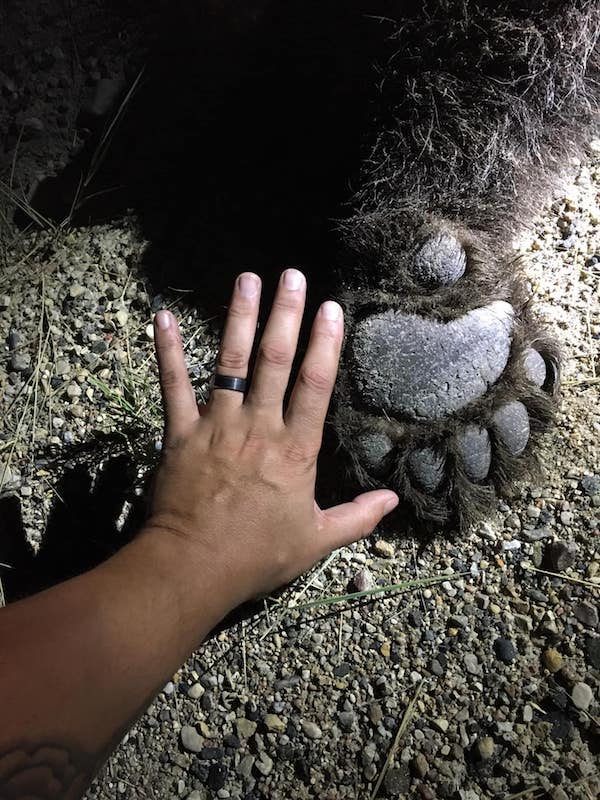The Lakeland & District Fire Department says there were no injuries after a vehicle struck a bear near Christopher Lake on Wednesday.
Six members responded to the accident at 2:38 a.m. about 10 km west of Christopher Lake on Highway 263. The vehicle was not drivable and towed from the scene.
Chief Chris McShannock said the bear was dead upon their arrival and removed from the road. He estimated that the male bear was between three and five years old and was nearing 400 pounds.
“It’s fairly uncommon for bear strikes,” he said. “We have had more animal strikes this year: Deer, elk and moose.”

Luckily the occupants of the vehicle were unharmed, but SGI says wildlife collisions can have a deadly impact. On average, according to its website, 387 people are injured and four are killed per year as a result of animal-related collisions on Saskatchewan roads.
In 2018, SGI saw 12,401 claims for collisions with deer, 525 for moose and 1,649 for other wildlife. It also saw 1,351 claims related to collisions with birds.
SGI says it’s important to watch your speed to avoid collisions. Driving slower reduces the distance required to stop and decreases the force of impact if a collision were to occur.
When you see an animal on the side of the road, slow down and pass. Remain calm if an animal appears in front of you, cautiously coming to a stop if you’re able and blaring the horn to scare them away from the road.
If an animal suddenly appears in front of you, brake firmly. Avoid swerving because you could turn into oncoming traffic or roll into the ditch.
When you can’t avoid a collision with wildlife, aim your vehicle where the animal came from, not where it’s going. Let up your brake just before your collide, which will cause the front of your vehicle to slightly rise. This reduces the chances of the animal hitting the windshield.
Don’t approach the animal, especially if it appears wounded. If there’s any human injuries or significant vehicle damage, call your local police service or RCMP detachment.
SGI says wildlife tend to be most active during May and June and in the late fall and early winter.


